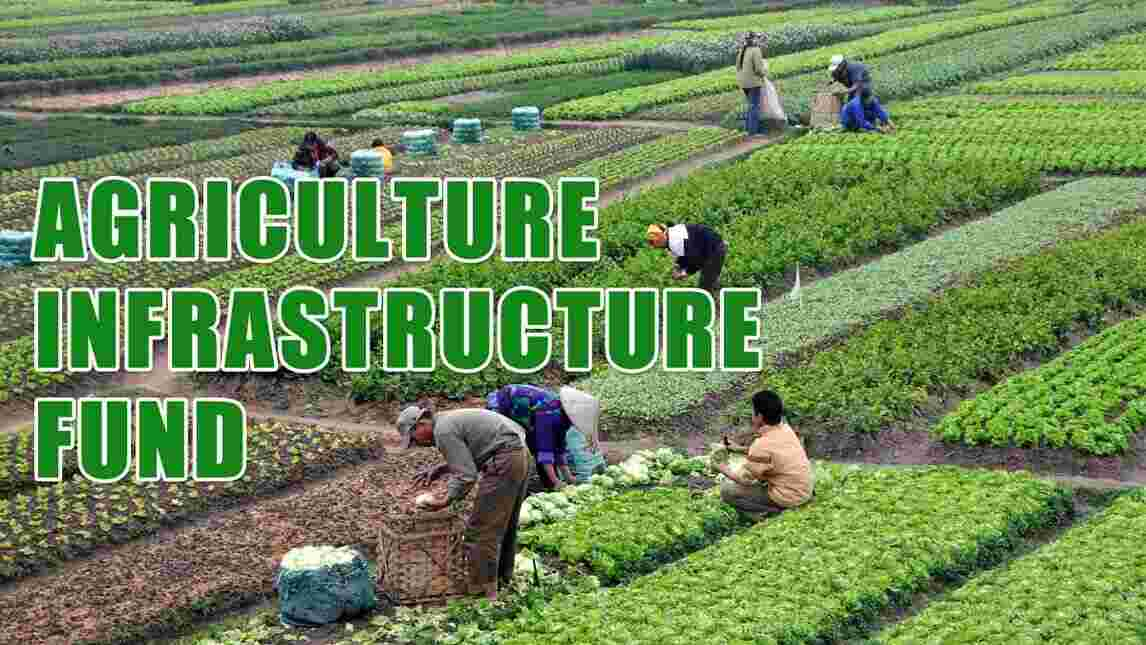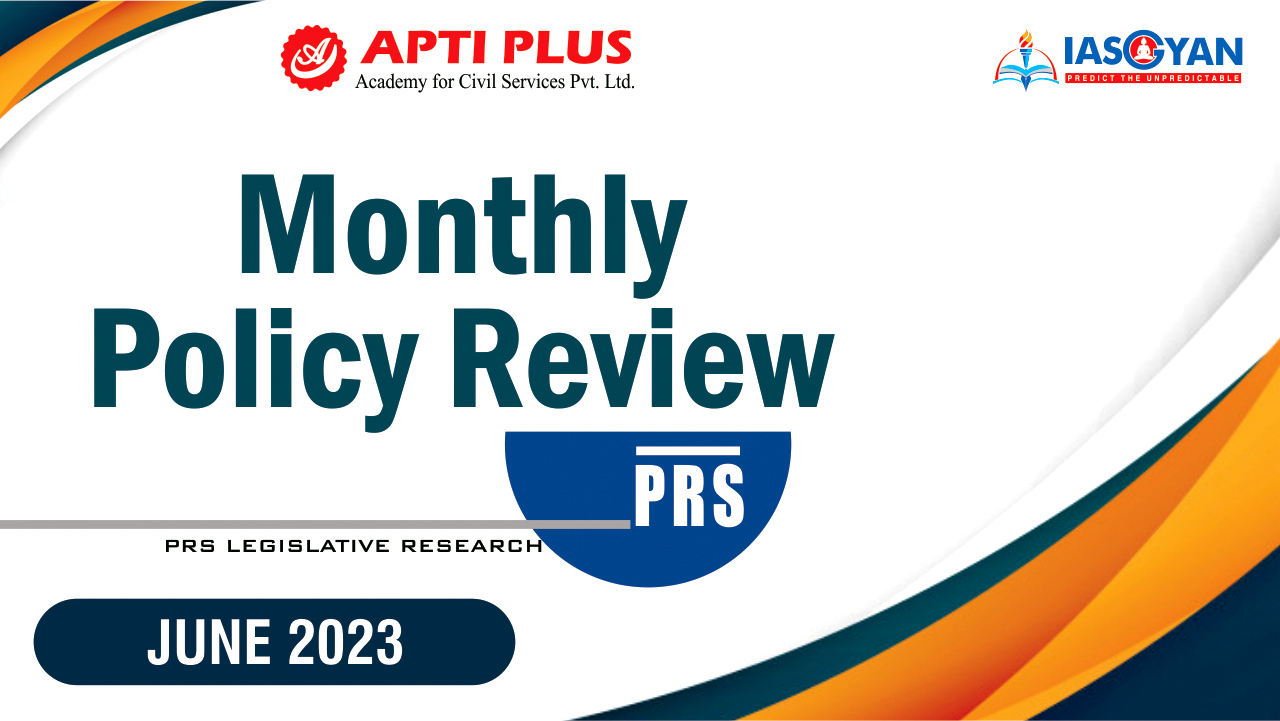Description

Copyright infringement not intended
Context: The Agriculture Infrastructure Fund (AIF), a scheme launched in 2020 to provide loans for building post-harvest facilities and community farming assets, has disbursed only 15% of its Rs 1 lakh crore target in the first three years.
Details
- The Agriculture Infrastructure Fund (AIF) was introduced in July 2020, as part of the special COVID-19 package under the Aatmanirbhar Bharat initiative. The scheme aimed to offer Rs 1 lakh crore as loans for developing post-harvest infrastructure and community farming assets by the financial year 2025-2026 and to provide interest subvention and credit guarantee assistance till 2032-2033.
- The Union Agriculture minister informed the Parliament on August 1, 2023, that Rs 15,448 crore has been sanctioned for 27,748 projects under the AIF so far. Out of these, 19,650 projects worth Rs 9,660 crore (9.66% of the total allocation) have been completed.
- According to the data, Madhya Pradesh (MP) was the leading state in terms of fund utilisation and project completion. Maharashtra and Uttar Pradesh ranked second and third respectively.
What are the possible reasons behind this low utilization of the AIF scheme?
- Lack of awareness and outreach: Many farmers, FPOs and agri-entrepreneurs are not aware of the scheme and its benefits, or do not know how to apply for it. The report suggests that more efforts are needed to create awareness and publicity about the scheme through various media channels, social media platforms, webinars, workshops and training programs.
- Lack of bankable projects: Many potential beneficiaries do not have viable and bankable project proposals that can meet the eligibility criteria and technical standards of the scheme. The report suggests that more guidance and handholding are needed to help them prepare feasible and quality project proposals that can attract funding from banks and financial institutions.
- Lack of coordination and convergence: There is a lack of coordination and convergence among various stakeholders involved in the scheme, such as central and state governments, banks and financial institutions, implementing agencies, nodal departments, monitoring committees and beneficiaries. The report suggests that more regular meetings, reviews and feedback mechanisms are needed to ensure smooth implementation and monitoring of the scheme.
- Lack of infrastructure and logistics: Many rural areas lack adequate infrastructure and logistics facilities, such as roads, electricity, water supply, storage, processing and marketing facilities, that are essential for developing post-harvest infrastructure and community farming assets. The report suggests that more investment and support are needed to improve the rural infrastructure and logistics network.

Possible ways forward for improving the utilization of the AIF scheme
Enhancing awareness and information
- The government should intensify its efforts to create awareness and disseminate information about the scheme among the target beneficiaries. This can be done through various channels such as print and electronic media, social media, webinars, workshops, roadshows, etc.
- Leverage the existing networks and platforms such as Krishi Vigyan Kendras (KVKs), Common Service Centres (CSCs), Agricultural Technology Management Agencies (ATMAs), etc. to reach out to the farmers, FPOs and agri-entrepreneurs at the grassroots level.
Building capacity and readiness
- The government should provide adequate support and handholding to the farmers, FPOs and agri-entrepreneurs to build their capacity and readiness for undertaking post-harvest infrastructure projects. This can be done through various interventions such as training, mentoring, consultancy, incubation, innovation, etc.
- Facilitate access to credit, technology, markets, etc. for the beneficiaries through various schemes and initiatives such as PM-KISAN, PM-FME, PM-KMY, e-NAM, etc.
Improving coordination and convergence
- The government should ensure better coordination and convergence among the various stakeholders involved in the implementation of the AIF scheme. This can be done through regular meetings, consultations, reviews, feedback, etc. The government should also establish a single-window system for providing all the necessary clearances and approvals for the projects under the scheme. The government should also harmonize the norms and standards for post-harvest infrastructure across the states and sectors.
Strengthening monitoring and evaluation
- The government should develop a robust mechanism for monitoring and evaluation of the AIF scheme. This can be done by defining clear output and outcome indicators, setting up a dashboard for real-time tracking of the scheme, conducting periodic surveys and studies to assess the impact of the scheme, engaging third-party agencies for verification and validation of the scheme, etc.
Conclusion
- The AIF scheme is a landmark initiative by the government to boost the post-harvest infrastructure and community farming assets in the country. However, the scheme has not been able to achieve its full potential due to various challenges and bottlenecks. The government should address these issues and take proactive steps to improve the utilization and effectiveness of the scheme. This will not only benefit the farmers, FPOs and agri-entrepreneurs but also contribute to the overall growth and development of the agriculture sector and the economy.
Must Read Articles:
BHARAT: https://www.iasgyan.in/daily-current-affairs/bharat
AGRICULTURE INFRASTRUCTURE FUND: https://www.iasgyan.in/daily-current-affairs/agriculture-infrastructure-fund-39#:~:text=Provisions%3A%20Under%20the%20scheme%2C%20Rs,2%20Crores.
|
PRACTICE QUESTION
Q. How can India strategically enhance its agricultural infrastructure to tackle the pressing challenges of low productivity, climate change, water scarcity, market inefficiencies, and inadequate infrastructure in the agriculture sector? What specific steps and policies can be implemented to bolster the performance and resilience of agriculture in the country?
|

https://www.downtoearth.org.in/news/agriculture/three-years-on-only-15-of-rs-1-lakh-crore-agri-infrastructure-fund-disbursed-90981













